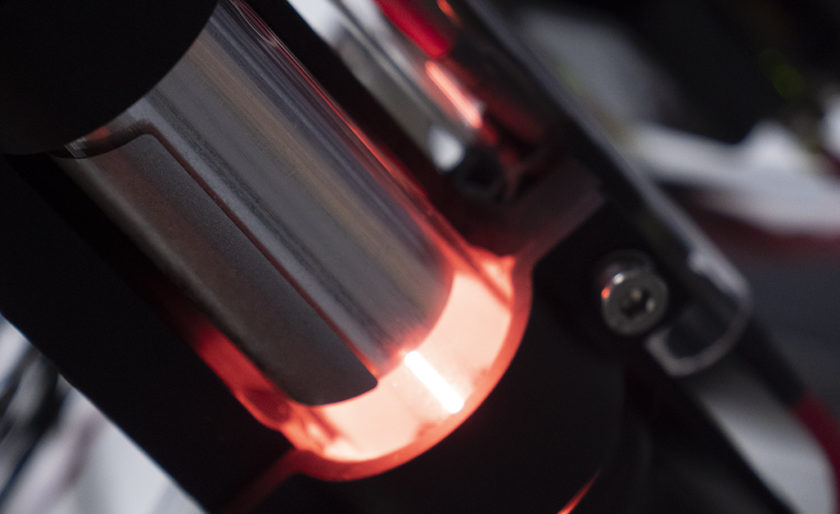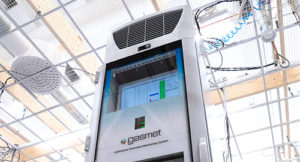
Benefits of FTIR (Fourier Transform Infrared) in emissions monitoring
In this article, we discuss FTIR technology, what makes it unique, and the benefits of having an FTIR emissions monitoring system.
What are the main benefits of FTIR?
FTIR is one of the most reliable and effective technologies out there for emissions monitoring. What’s more, its flexibility and versatility make it a very cost-effective and multipurpose tool for measurements of a wide range of gas components. Here are the main advantages of FTIR in detail:
1. Future-proof
What makes FTIR incomparable is the fact that all gases are measured by scanning the same infrared spectrum. This allows new gases and gas ranges to be added easily to the analysis without any hardware changes to or without changing the analyzer.
Despite updates in the emissions monitoring legislation or best practices, FTIR is (and always has been) capable of adjusting to new requirements, such as lower Emission Limit Values (ELVs) with very little effort. This also supports the claim that FTIR is a future-proof, long-lasting, and profitable investment.
2. Multicomponent Capability
Secondly, FTIR is known for its unbeatable multicomponent capability. There is no other emissions monitoring technology that can measure almost an unlimited number of gases. This makes FTIR a cost-effective option, as all components can be measured and analyzed in one go.
3. Certified Solutions
Gasmet’s FTIR emission monitoring systems are available with EN 15267 TÜV and MCERTS certificates (QAL 1). As stated in the certificates, multiple components are certified in various ranges, including formaldehyde, low range HF, and low range NO.
4. Reliability
Fourier Transform Infrared spectroscopy is undeniably one of the most reliable technologies due to its sensitivity and capability to recognize extremely low concentrations of gases. The Gasmet FTIR gas analyzers can measure from low ppm levels up to vol-%.
The system provides reliable and proven operations with high annual availability and a six-month maintenance interval for all certified compounds.
What makes FTIR a unique technology?
The operational principle behind FTIR gas analyzers is based on the identification and quantification of gaseous compounds by their absorbance of infrared radiation. The infrared spectrum of gas is like a fingerprint: each component has a unique molecular structure or combination of atoms. When exposed to infrared light they produce a unique infrared spectrum. Based on the unique pattern they create, each compound (except diatomic molecules) can be recognized and quantified.
 An Example of FTIR Measurement Spectrum Illustrated
An Example of FTIR Measurement Spectrum Illustrated
Measurement uncertainty for specific gases (e.g. CO, NO, NO2, SO2, HCl, HF) has a limit value proportional to emission limit value in the EU Industrial Emissions Directive, and the Gasmet system typically has measurement uncertainties smaller than one half the maximum uncertainty allowed for a certified (EN 15267-3, TÜV, MCERTS) emissions monitoring system.
This ensures that Gasmet gas analyzers are capable of monitoring not only today’s emission limits but also lower limit values that may be introduced in the future, making FTIR a future-proof solution.
| Learn more about our CEMS II e
CEMS II e offers modular and TÜV and MCERTS certified (QAL1) solution for environmental compliance in industrial processes, such as powerplants, waste incineration, cement plants and beyond. The system adjusts to changes in regulations and future advances of emissions monitoring best practices with ease. |
 |